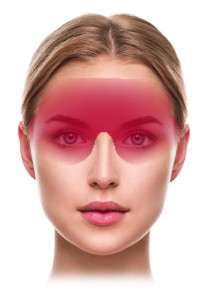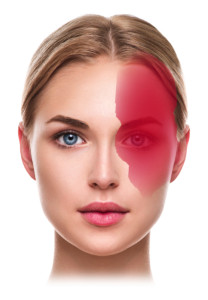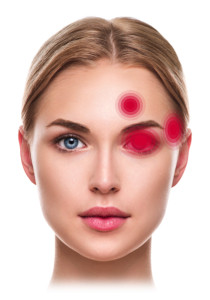There are 150 different types of headaches. The common ones are:
Tension headache: The most common type among adults and teens, also called stress headaches, chronic daily headaches, or chronic non-progressive headaches. They cause mild to moderate pain and come and go over time. Greater and/or lesser occipital nerve blocks are usually helpful.
Migraines: Often described as pounding, throbbing pain, last from 4 hours to 3 days, 1-4 times per month. Symptoms of sensitivity to light, noise, or smells; nausea or vomiting; loss of appetite; and upset stomach or belly pain may occur.
Cluster headaches: This type is intense and feels like a burning or piercing pain behind the eyes, either throbbing or constant. It’s the least common but the most severe type of headache. The pain can be so bad that most people with cluster headaches can’t sit still. They happen in groups, 1-3 times per day during a cluster period, which may last 2 weeks to 3 months. The headaches may disappear completely (go into “remission”) for months or years, only to come back again.
Sinus headaches: A deep and constant pain in cheekbones, forehead, or bridge of the nose; are associated with other sinus symptoms, such as a runny nose, feeling of fullness in the ears, fever, and swelling in your face.
Treatment: Besides multiple groups of pharmaceutical drugs, occipital nerve blocks, trigeminal nerve blocks, single pulse electrical nerve stimulation (sPENS), electromagnetic therapy (EMT) have been used to treat various headaches.


Figure 1: Tension headache

Figure 2: Migraine

Figure 3: Cluster headache

